- 0086-571-85302990
- sales@greenskybio.com
How to make powder with natural grape seed extract?
2024-11-28

1. Selection of Grape Seeds
The first step in making powder from natural Grape Seed Extract is to carefully select the grape seeds. High - quality grape seeds are crucial as they are the source of the beneficial compounds.
- Source of the grapes: Look for grapes from reliable sources. Organic grapes are often a preferred choice as they are less likely to contain pesticides or other harmful chemicals. Grapes grown in regions known for their high - quality viticulture, such as certain areas in France, Italy, or California in the United States, can be excellent candidates.
- Variety of grapes: Different grape varieties can have varying levels of beneficial compounds in their seeds. For example, red grape varieties like Cabernet Sauvignon, Merlot, and Pinot Noir are often rich in antioxidants such as proanthocyanidins. These antioxidants are among the key beneficial compounds we aim to extract from the seeds.
- Ripeness of the grapes: Ideally, the grapes should be fully ripe. Ripe grapes tend to have more developed seeds with higher concentrations of the desired substances. Over - ripe grapes may have started to decompose, which could affect the quality of the seeds, while under - ripe grapes may not have fully developed the beneficial compounds in their seeds.
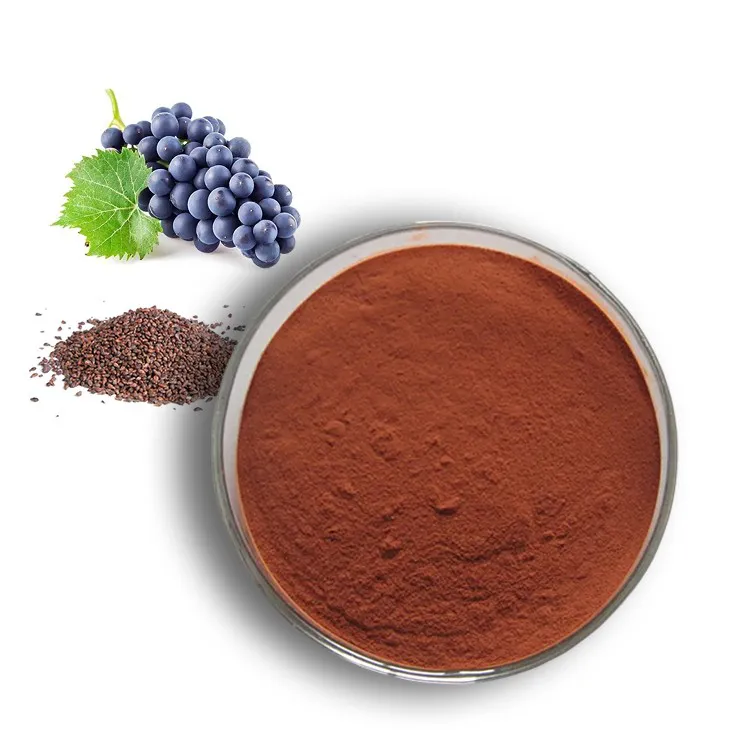
2. Cleaning and Preparation of Grape Seeds
Once the grape seeds are selected, proper cleaning and preparation are essential.
- Removal from the grapes: The seeds need to be separated from the grape pulp. This can be done by gently crushing the grapes and then sieving or straining out the seeds. Manual methods can be used for small quantities, while for larger amounts, mechanical crushers and separators may be more efficient.
- Washing: After separation, the seeds should be thoroughly washed to remove any remaining pulp, juice, or debris. Use clean, cold water and rinse the seeds several times until the water runs clear. This helps to prevent any unwanted substances from contaminating the extraction process.
- Drying: Drying the grape seeds is the next step. There are different drying methods available. Air - drying is a natural option, where the seeds are spread out in a well - ventilated area away from direct sunlight. This can take several days to a week depending on the environmental conditions. Alternatively, low - temperature drying in an oven or a dehydrator can be used. Set the temperature to around 40 - 50°C (104 - 122°F) to avoid damaging the beneficial compounds in the seeds.
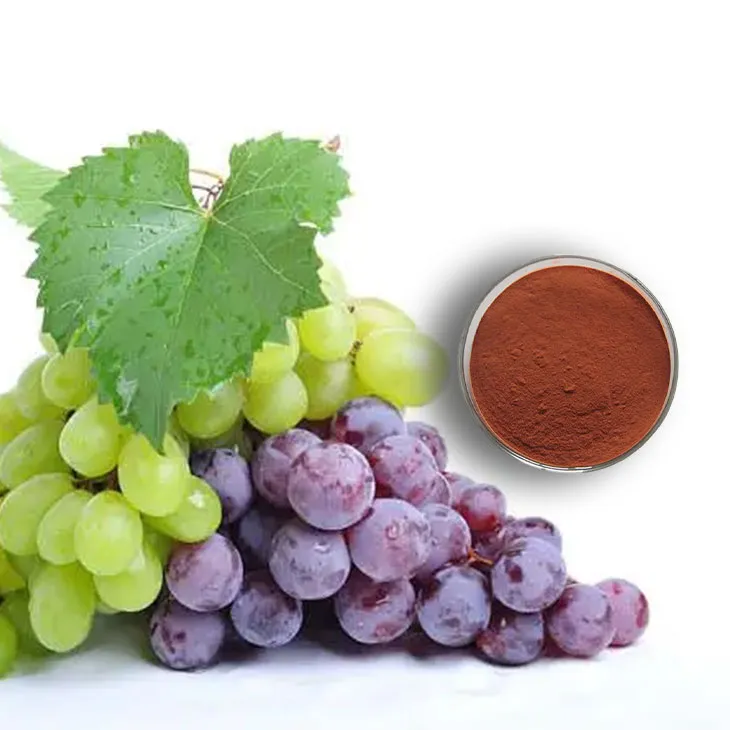
3. Extraction of Beneficial Compounds from Grape Seeds
There are several techniques for extracting the beneficial compounds from the prepared grape seeds.
3.1 Solvent Extraction
- Choice of solvent: A suitable solvent is required for this extraction method. Commonly used solvents include ethanol or a mixture of ethanol and water. Ethanol is a good choice as it can effectively dissolve the beneficial compounds such as polyphenols and proanthocyanidins present in the grape seeds.
- Extraction process: The dried grape seeds are ground into a fine powder. Then, the powder is mixed with the solvent in a suitable container. The ratio of seed powder to solvent can vary depending on the desired concentration of the extract, but a common ratio could be around 1:10 (seed powder:solvent). The mixture is then stirred continuously for a period of time, usually several hours to a day at room temperature.
- Separation: After the extraction period, the mixture needs to be separated to obtain the extract. Filtration is a common method for separation. A filter paper or a fine - mesh sieve can be used to separate the solid seed residue from the liquid extract. The resulting liquid contains the dissolved beneficial compounds.
3.2 Supercritical Fluid Extraction
- Supercritical fluid: In this method, carbon dioxide (CO₂) is often used as the supercritical fluid. At a certain temperature and pressure (above its critical point), CO₂ has properties that make it an excellent solvent for extracting the beneficial compounds from grape seeds. It is non - toxic, non - flammable, and can be easily removed from the extract.
- Extraction equipment: Specialized equipment is required for supercritical fluid extraction. The system consists of a high - pressure pump to pressurize the CO₂, an extraction vessel where the grape seeds are placed, and a separator to separate the extract from the CO₂. The pressure and temperature are carefully controlled during the extraction process.
- Advantages: Supercritical fluid extraction has several advantages over solvent extraction. It can produce a cleaner extract with fewer impurities as the CO₂ can be easily removed completely. It also operates at relatively low temperatures, which helps to preserve the integrity of the beneficial compounds in the grape seeds.
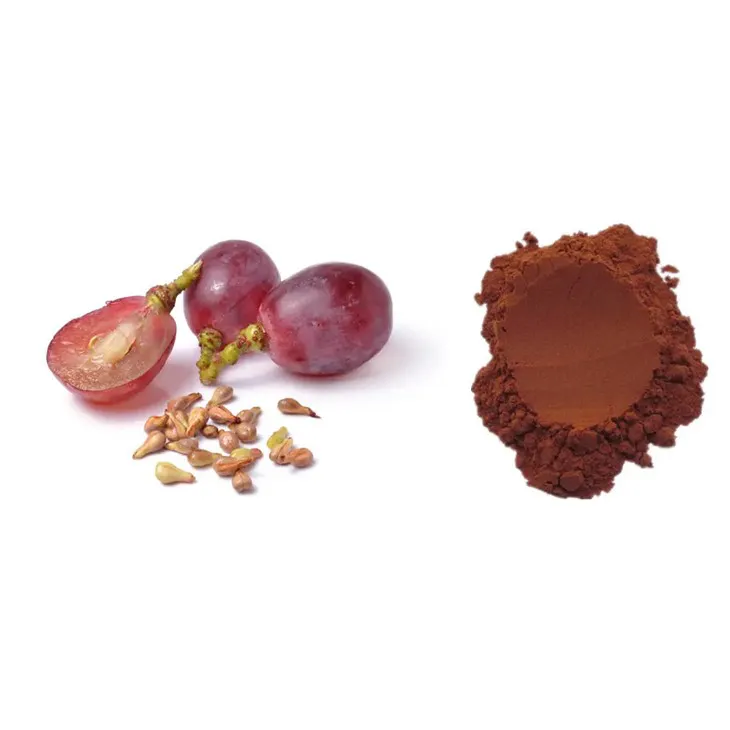
4. Concentration and Drying of the Extract
After obtaining the extract, it is often necessary to concentrate it and then convert it into a powder.
4.1 Concentration
- Evaporation: One common method for concentrating the extract is evaporation. This can be done using a rotary evaporator. The liquid extract is placed in the evaporator, and the temperature and pressure are adjusted to evaporate the solvent. For example, if ethanol was used as the solvent, the ethanol is evaporated off, leaving behind a more concentrated extract.
- Vacuum concentration: Another option is vacuum concentration. This method is carried out under reduced pressure, which allows for the solvent to be removed at a lower temperature. This is beneficial as it further helps to preserve the beneficial compounds in the extract as they are less likely to be degraded at lower temperatures.
4.2 Drying to Powder
- Spray drying: Spray drying is a popular method for converting the concentrated extract into powder. In this process, the concentrated extract is sprayed into a hot drying chamber. The small droplets of the extract quickly dry, forming a fine powder. The drying parameters such as inlet and outlet air temperatures, and the flow rate of the extract need to be carefully controlled to ensure the quality of the resulting powder.
- Freeze - drying: Freeze - drying, also known as lyophilization, is another option. The concentrated extract is first frozen and then placed in a vacuum chamber. The ice in the frozen extract sublimes (changes directly from solid to gas) under the vacuum, leaving behind a dry powder. Freeze - drying is known for producing high - quality powders with well - preserved beneficial compounds as it minimizes the exposure to heat.
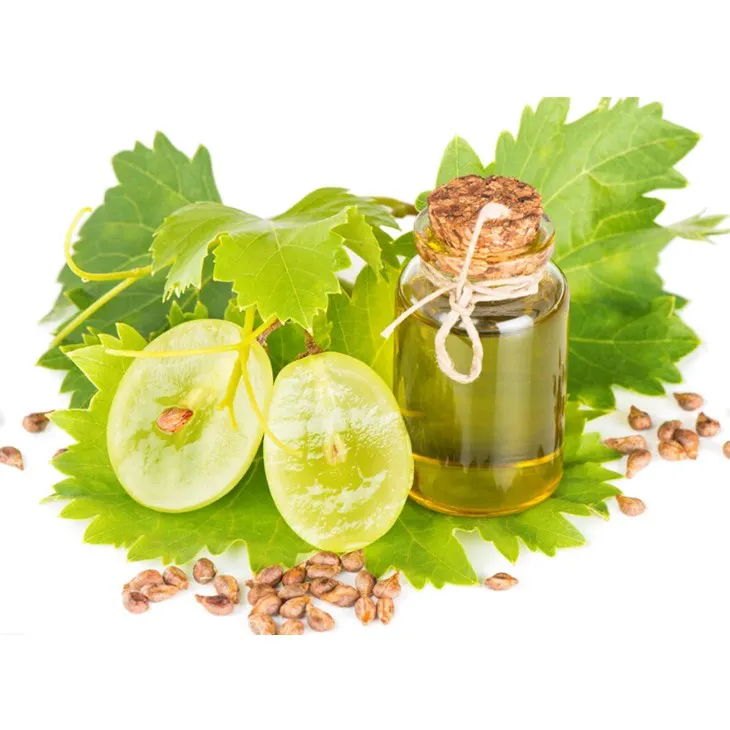
5. Quality Control and Storage
Once the Grape Seed Extract powder is obtained, quality control and proper storage are important.
5.1 Quality Control
- Analysis of beneficial compounds: The powder should be analyzed to determine the content of beneficial compounds such as polyphenols, proanthocyanidins, and antioxidants. This can be done using various analytical techniques such as high - performance liquid chromatography (HPLC) or spectrophotometry.
- Testing for contaminants: Checks for contaminants such as heavy metals, pesticides, and microbial contaminants should also be carried out. This ensures that the powder is safe for consumption or use in various applications.
- Physical properties: The physical properties of the powder such as particle size, bulk density, and flowability should be evaluated. These properties can affect the usability of the powder in different formulations.
5.2 Storage
- Packaging: The powder should be packaged in air - tight containers. Dark - colored containers are preferred as they can protect the powder from light, which may degrade the beneficial compounds. Packaging materials should be inert and not react with the powder.
- Storage conditions: Store the packaged powder in a cool, dry place. A temperature - controlled environment, such as a pantry or a storage room with a stable temperature around 15 - 25°C (59 - 77°F), is ideal. Avoid storing the powder in areas with high humidity or near sources of heat or strong odors.
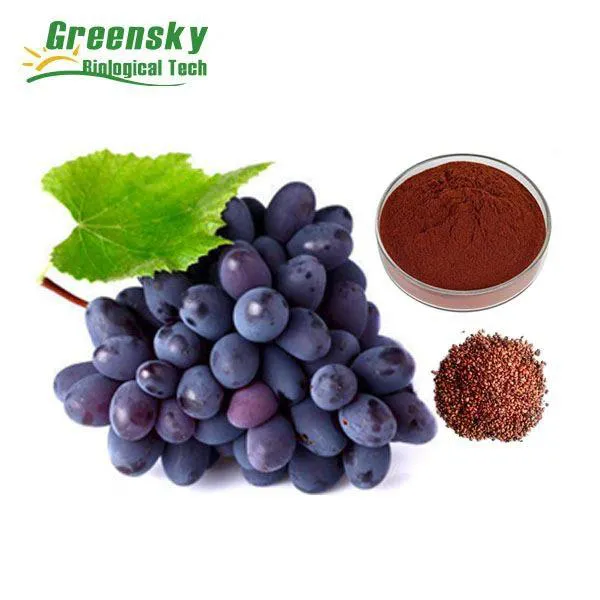
FAQ:
What are the characteristics of high - quality grape seeds for extract?
High - quality grape seeds for extract are usually from healthy grapes. They should be free from diseases, pests, and mold. These seeds are often rich in polyphenols, especially proanthocyanidins, which are the main beneficial compounds. The size and color of the seeds can also be an indication of their quality. Generally, larger and darker seeds may contain more active ingredients.
What are the common extraction techniques for Grape Seed Extract?
One common method is solvent extraction. Organic solvents like ethanol or methanol are often used to dissolve the active compounds from the grape seeds. Another technique is supercritical fluid extraction, which uses supercritical carbon dioxide. It has the advantages of being non - toxic, leaving no solvent residue, and having high extraction efficiency. Pressurized liquid extraction is also used in some cases, which can operate at higher temperatures and pressures to improve extraction yield.
How to ensure the purity of the grape seed extract during the extraction process?
To ensure purity, proper filtration is crucial. Using fine - mesh filters can remove solid impurities. Additionally, purification steps such as chromatography can be employed. This helps separate the desired compounds from any unwanted substances. Strict control of extraction parameters like temperature, pressure, and solvent concentration also plays a role in maintaining purity. Quality control tests at different stages of the extraction process, such as HPLC (High - Performance Liquid Chromatography) analysis, can be used to monitor the purity.
What equipment is needed to convert grape seed extract into powder?
Typically, a spray dryer or a freeze - dryer is required. A spray dryer atomizes the liquid extract into a fine mist and then dries it rapidly to form powder. A freeze - dryer first freezes the extract and then removes the water by sublimation under vacuum conditions, resulting in a powder with high - quality preservation of the active compounds.
What are the potential applications of grape seed extract powder?
Grape seed extract powder has various applications. In the food industry, it can be used as a natural antioxidant in food products to extend shelf life. In the cosmetic industry, it is added to skincare products due to its antioxidant and anti - inflammatory properties, which may help in reducing wrinkles and improving skin health. In the pharmaceutical field, it is being studied for its potential health benefits, such as reducing the risk of cardiovascular diseases and having anti - cancer properties.
Related literature
- The Extraction and Application of Grape Seed Extract: A Review"
- "Grape Seed Extract: Composition, Health Benefits and Industrial Applications"
- "Optimization of Grape Seed Extract Powder Production: A Technological Approach"
- ▶ Hesperidin
- ▶ citrus bioflavonoids
- ▶ plant extract
- ▶ lycopene
- ▶ Diosmin
- ▶ Grape seed extract
- ▶ Sea buckthorn Juice Powder
- ▶ Beetroot powder
- ▶ Hops Extract
- ▶ Artichoke Extract
- ▶ Reishi mushroom extract
- ▶ Astaxanthin
- ▶ Green Tea Extract
- ▶ Curcumin Extract
- ▶ Horse Chestnut Extract
- ▶ Other Problems
- ▶ Boswellia Serrata Extract
- ▶ Resveratrol Extract
- ▶ Marigold Extract
- ▶ Grape Leaf Extract
- ▶ blog3
- ▶ blog4
-
High - quality Chasteberry Extract Products.
2024-11-28
-
China's banana juice powder suppliers.
2024-11-28
-
Bulk purchase of cranberry extract.
2024-11-28
-
How to make powder with bayberry extract?
2024-11-28
-
The best peony root extract in nature.
2024-11-28
-
100% Pure Organic Baicalin.
2024-11-28
-
Okra Extract
2024-11-28
-
Passionflower Extract
2024-11-28
-
Artichoke Extract
2024-11-28
-
Polygonum Cuspidatum Extract
2024-11-28
-
Fenugreek Extract Powder
2024-11-28
-
American Ginseng Root Extract
2024-11-28
-
Calendula Extract
2024-11-28
-
Cat Claw Extract
2024-11-28
-
Angelica sinensis extract
2024-11-28
-
Citrus Aurantii Extract
2024-11-28





















